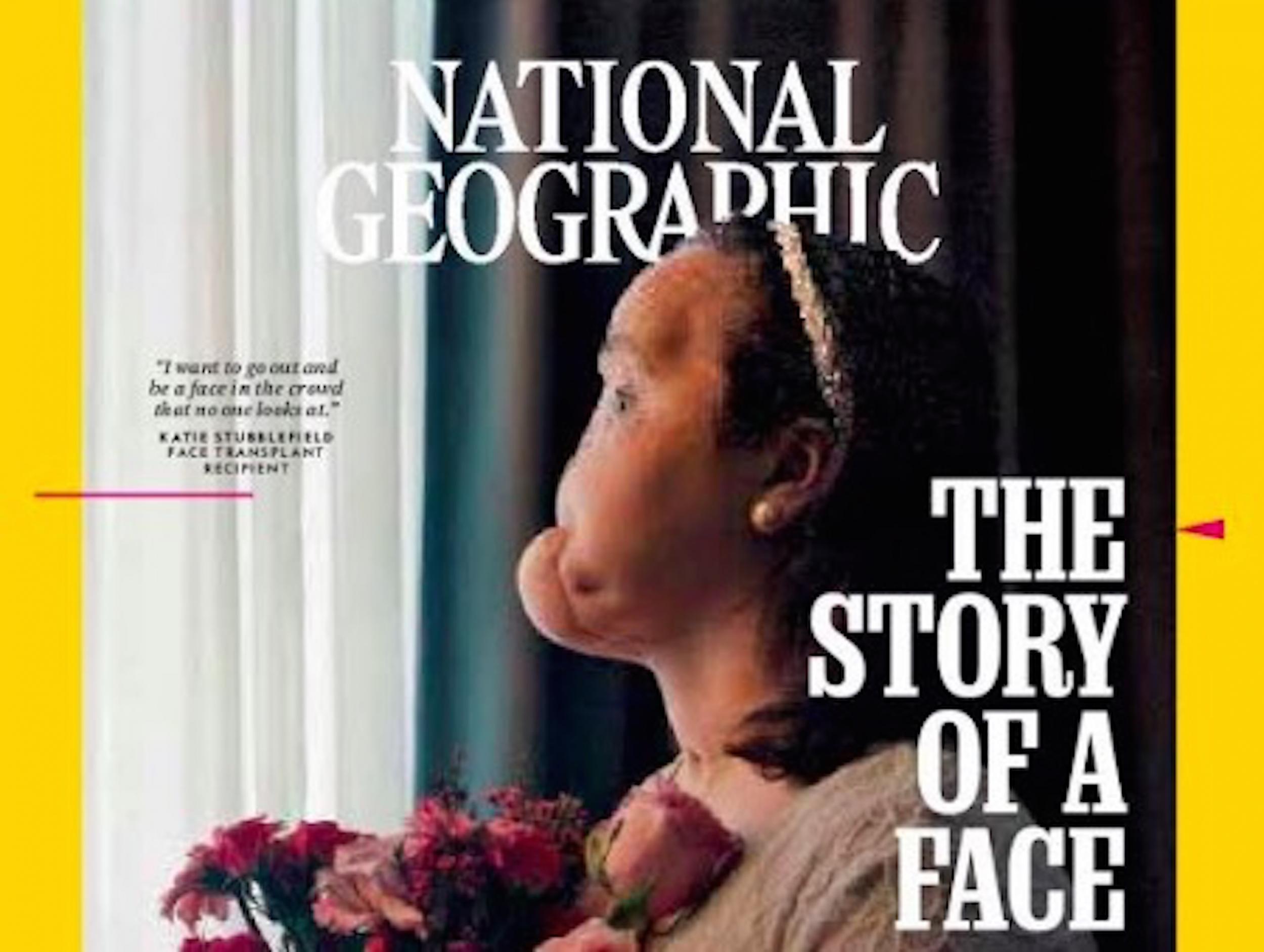Youngest face transplant recipient in US says ‘it feels amazing’ to touch her new skin
The 22-year-old is just one of 40 people to have received face transplants around the world

Your support helps us to tell the story
From reproductive rights to climate change to Big Tech, The Independent is on the ground when the story is developing. Whether it's investigating the financials of Elon Musk's pro-Trump PAC or producing our latest documentary, 'The A Word', which shines a light on the American women fighting for reproductive rights, we know how important it is to parse out the facts from the messaging.
At such a critical moment in US history, we need reporters on the ground. Your donation allows us to keep sending journalists to speak to both sides of the story.
The Independent is trusted by Americans across the entire political spectrum. And unlike many other quality news outlets, we choose not to lock Americans out of our reporting and analysis with paywalls. We believe quality journalism should be available to everyone, paid for by those who can afford it.
Your support makes all the difference.Katie Stubblefield, the youngest face transplant recipient in US history, said she is taking "many, many daily steps" to continue rehabilitating after her historic operation.
Ms Stubblefield was just 18-years-old when she attempted suicide in her brother’s bathroom in 2014, surviving a gunshot wound to the head and receiving a facial transplant nearly three years later.
"I’m able to touch my face now, and it feels amazing," she said in an interview with National Geographic. “Life is previous, and life is beautiful.”
Ms Stubblefield endured years of surgeries and psychological evaluations prior to receiving a facial transplant, including nearly two dozen operations attempting to reconstruct her face.
The 31-hour transplant involved removing the face off of the donor, who died after a drug overdose. Ms Stubblefield essentially received a full facial transplant, receiving a new forehead, cheeks, mouth and lips, nose, eye sockets, upper and lower eyelids, upper jaw and a portion of the lower jaw, along with teeth and facial muscles.
She is now just one of 40 people throughout the entire world to ever receive a face transplant.
Before her surgery, Ms Stubblefield’s family was not aware of what a facial transplant was.
"There was an older trauma surgeon who basically told us, 'It's the worst wound that I've ever seen of its kind,' and he said, 'The only thing I can think of that would really give her functional life again is a face transplant,'" Robb Stubblefield, her father, said in the new interview. "I was standing there thinking, What do you mean a face transfer? What do you do?'"
Her surgery was conducted at the Cleveland Clinic, using virtual reality, 3D printing and nearly a dozen surgeons to achieve the final result. It was paid for by a grant from the Armed Forces Institute of Regenerative Medicine, which seeks to create new transplant operations for military members wounded in combat.
Ms Stubblefield’s transplant operation and experience was documented in National Geographic’s new documentary, Katie’s Face. The magazine’s editor-in-chief Susan Goldberg said the publication wanted to bring attention to her story, describing it as "one of the most important stories that we will do this year."
"We thought it was just such a moving and inspiring story that is about everything from human journey to breakthrough medicine and science,” she said.
Ms Stubblefield’s father said his daughter, who still has difficulty speaking, is beyond grateful to have received the transplant.
"You take it for granted, the different components of our faces — the bone, the tissue, the muscle, everything," he said. "But when it's gone, you recognise the big need. Then when you receive a transplant, you're so thankful."
Philanthropist, television presenter and former model Katie Piper edits the September issue as part of the Guest Editor programme; a project, exclusively created for the UK National Geographic Magazine to celebrate the publication's 130th anniversary. The issue will be on shelves in the UK from 5th September 2018.
Join our commenting forum
Join thought-provoking conversations, follow other Independent readers and see their replies
Comments